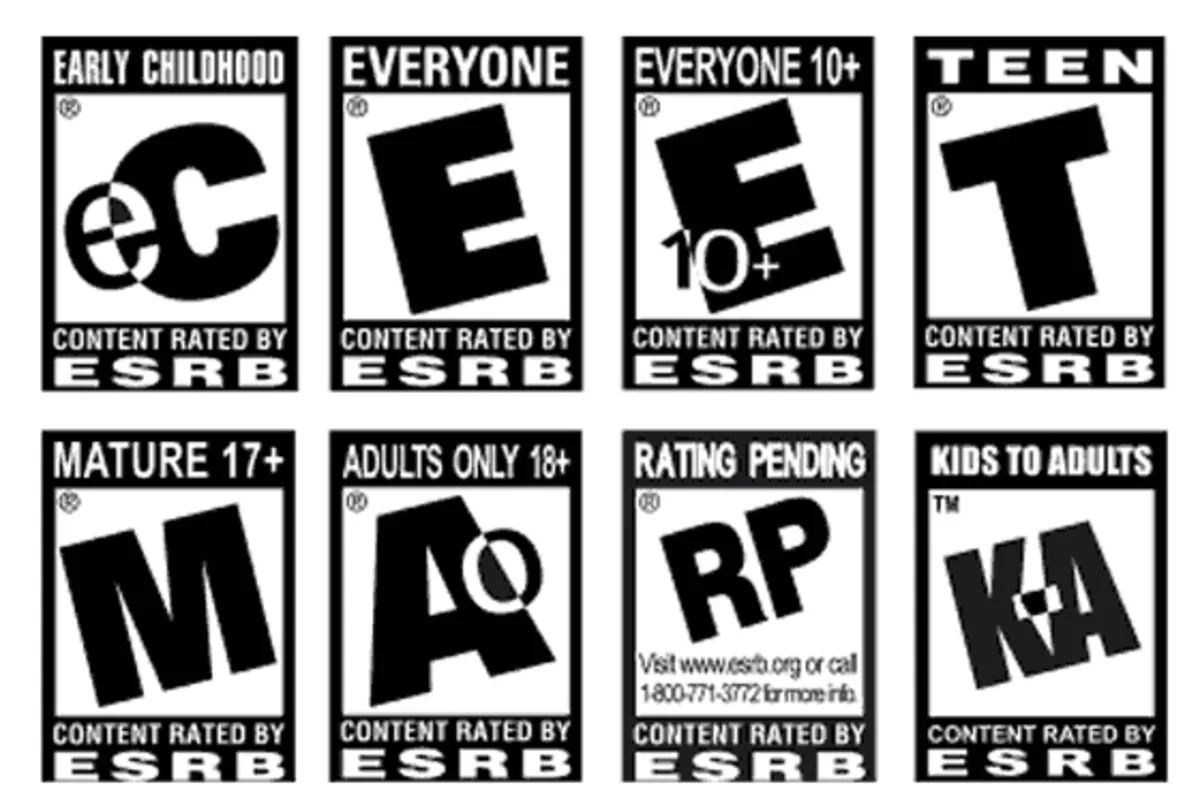
Hey guys! So I decided to do a more “researched” style article. I haven’t done one of these for a bit and actually wanted to learn more about the ESRB, so I figured it would be a perfect piece to post an article about! There was a reason why I wanted to learn more about the rating system, and well, no spoilers here, but you guys will find out on Friday when I review a VERY, and I mean VERY, controversial game. But in the mean time I hope you enjoy this article! My resources will be posted at the end of this article!
Just a little heads up, I’ll be going out of town for a couple of days so I won’t be posting anymore Let’s Plays until Friday night, but to make up for the days missed, I will be posting Let’s Plays over the weekend!
July 29th, 1994, is perhaps one of the most important moments in “modern” video game history. But before I can get into that moment, let me rewind back to December 1993. Concerns were on the rise that the Video Game Industry was marketing violent games to children. So a congressional hearing on the matter was called and was headed by Joe Lieberman. Joe Lieberman believed that these types of games were responsible for violence in kids. You might remember I posted an article a while back dismantling this theory.
Multiple games were criticized at the hearing such as SplatterHouse, Lethal Enforcer, as well as peripheral such as the Super Scope and The Justifier. Two games were mainly pointed at. One of the games is pretty well known, while the second was pulled from shelves after this hearing, but was re-released in 2017.
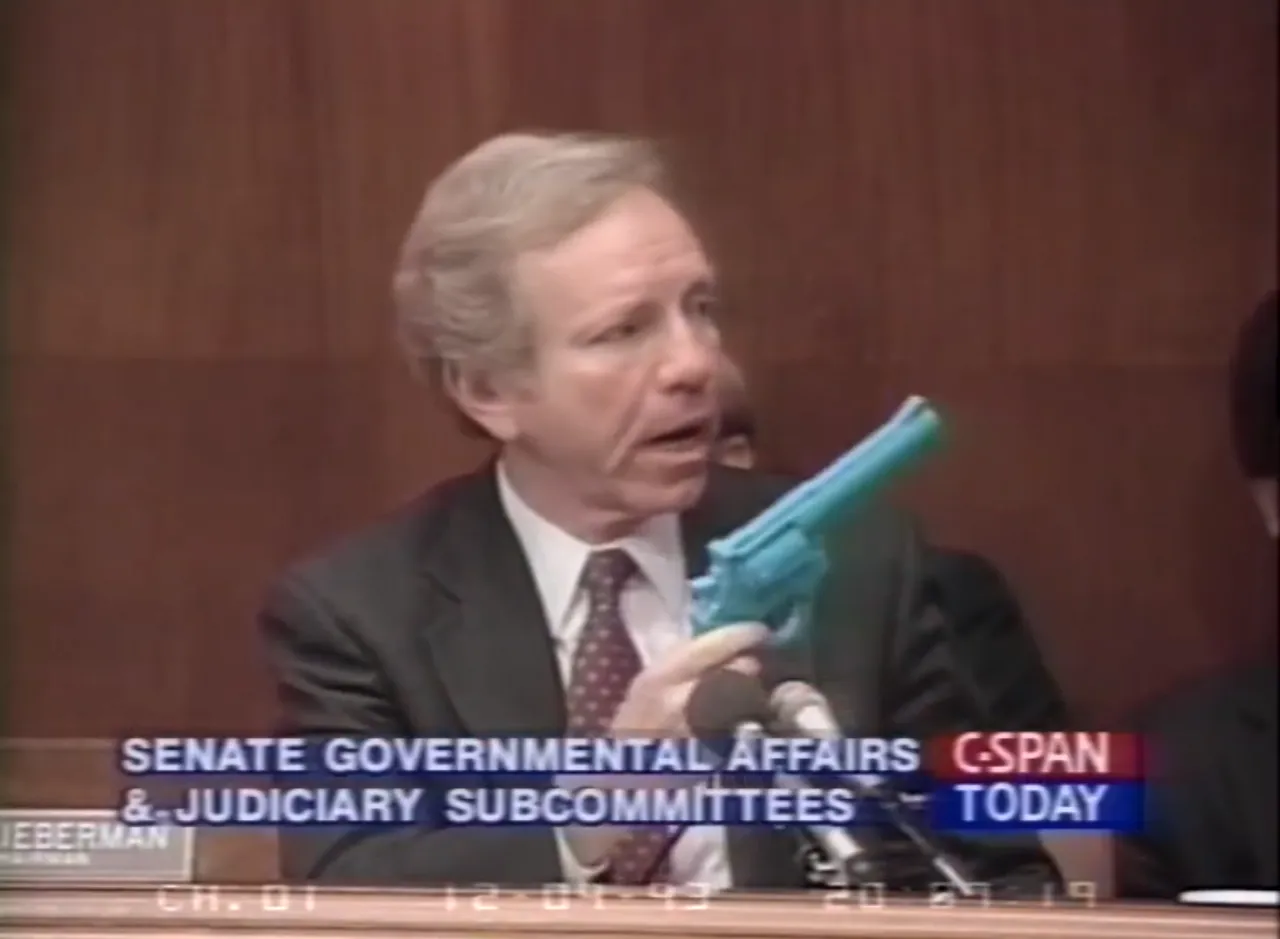
Night Trap is admittedly a game I haven’t played. I know the main premise of the game is to help the girls in the house to escape masked men. During the first hearing, Lieberman showed a segment of this game, claiming beforehand that the goal of the game was to stop hooded men from hanging the young women from a hook or drilling their necks with a tool designed to drain their blood. Night Trap was also an FMV game, so it used real actors. Moral Kombat also used real actors but played more like an actual video game than a movie.
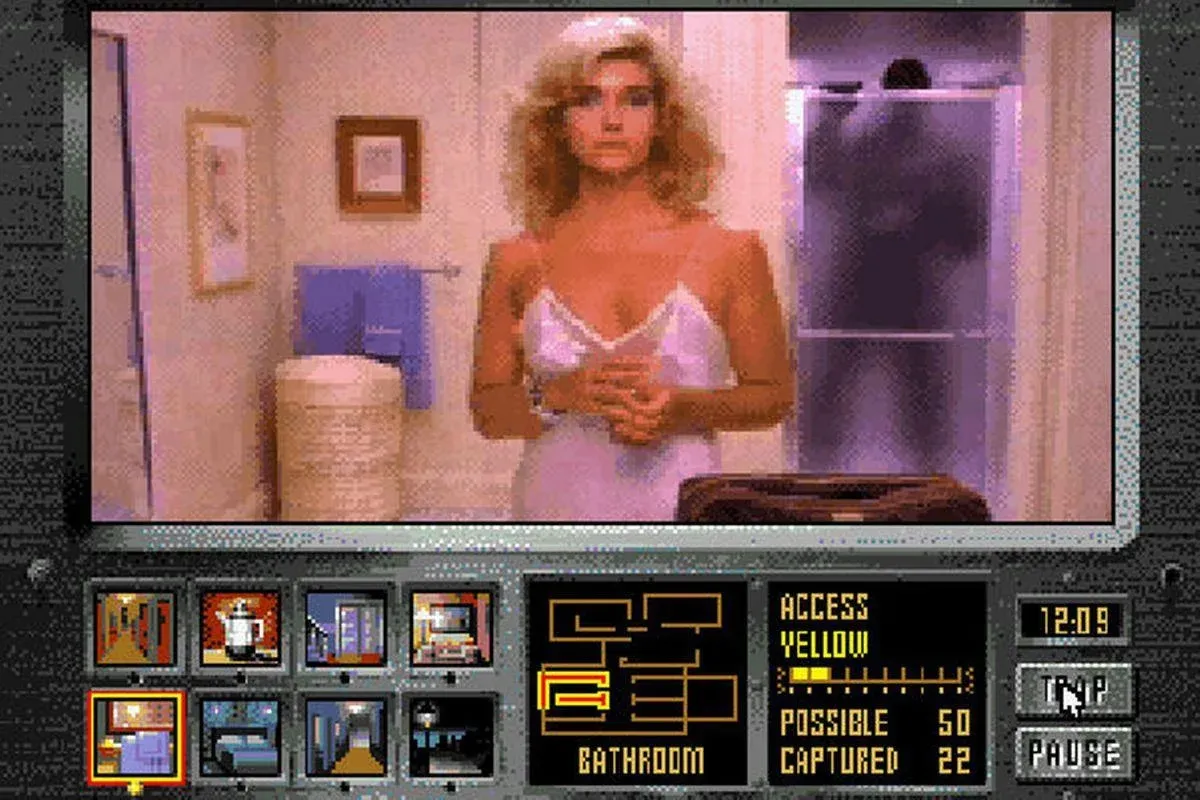
The next game, and one every gamer young and old will know, is MORTAL KOMBAT! Mortal Kombat was released both on Sega and Nintendo systems. The main difference being while Sega allowed the blood and gore from the arcade version of the game, Nintendo censored it. But it didn’t stop Leiberman from tearing into both versions of the game.
Most people would describe the fatalities in Mortal Kombat as the icing on the cake. And they didn’t escape Leiberman’s grubby fingers. Lieberman described fatalities as “the player having a choice of how to murder the other character”(paraphrasing).
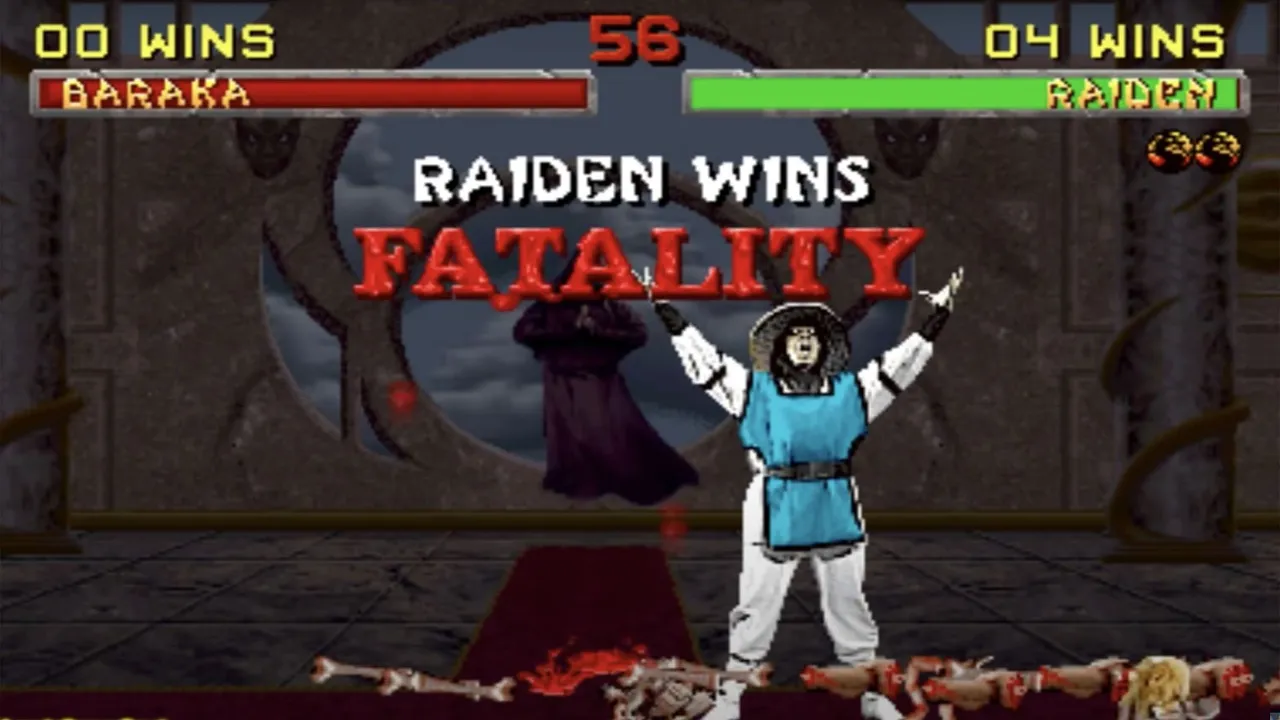
Back then there was a console war between Sega and Nintendo, just like there is one today between Xbox and PlayStation (Microsoft and Sony). And the console war leaked into this hearing. When Bill White, the Vice President of Sega of America, came under fire for the game Lethal Enforcer, and mainly the revolver type peripheral that came with it, The Justifier (A revolver looking gun) Bill White retorted back that Sega had a rating system in place, and that game was rated for adults, while Nintendo had similar technology, he then showed a Super Scope.
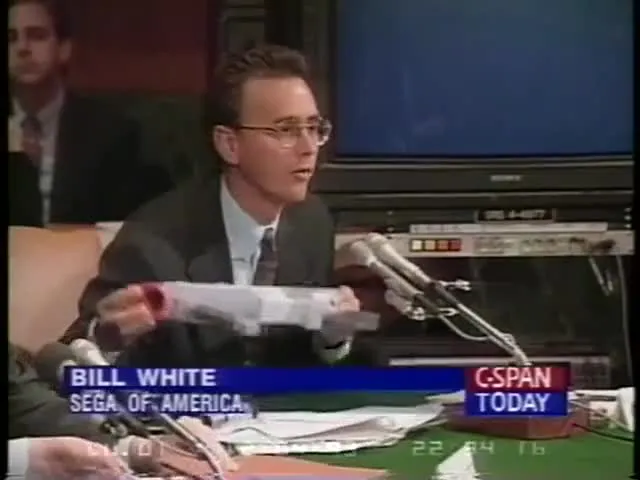
Nintendo of America’s Howard Lincoln retorted that initially they rejected the game, saying that the cover needed to undergo major changes before they accepted it and the name Justifier needed to be changed. And that this product wasn’t even available yet on their systems.
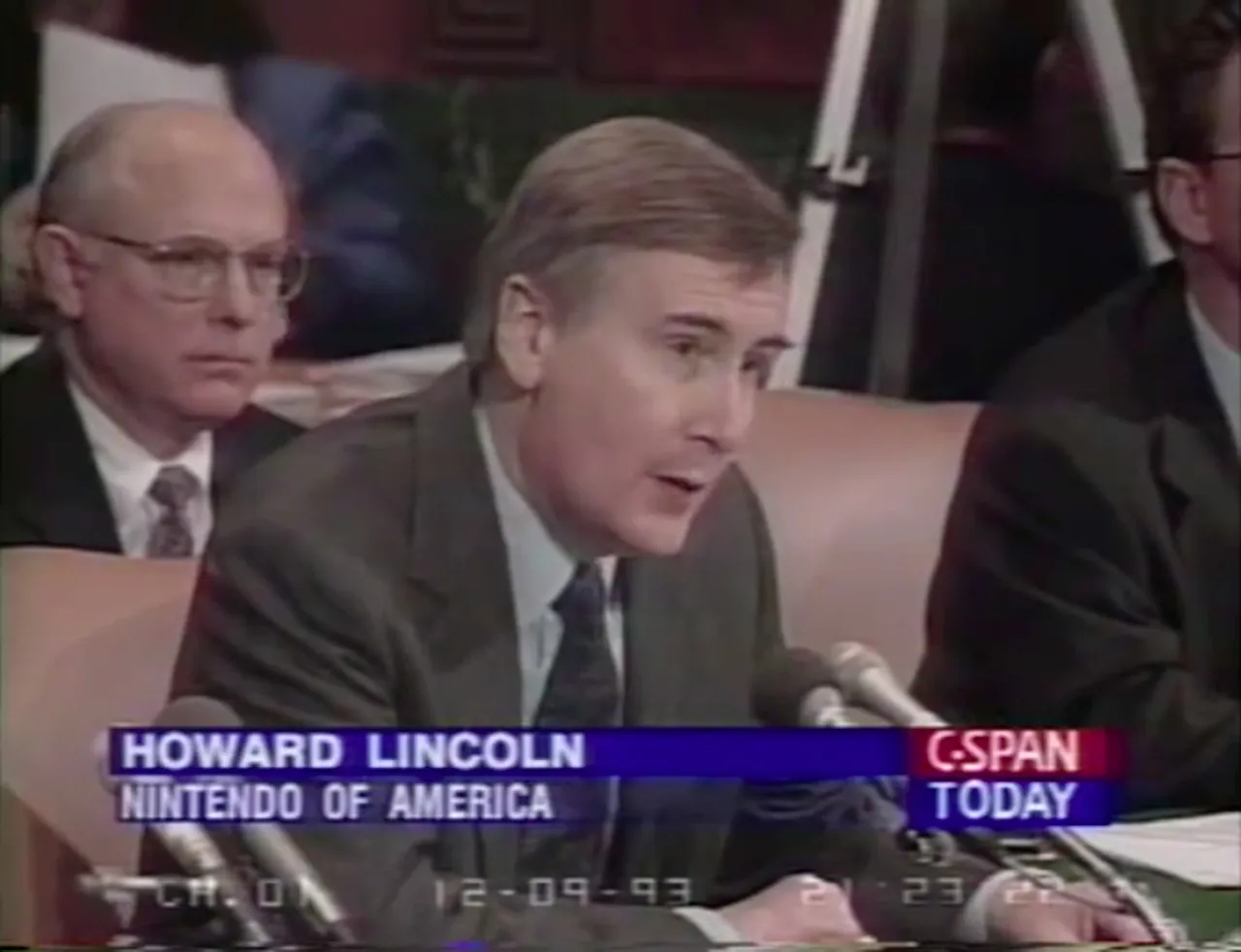
There’s a lot more that happened during this hearing, which covered things from pornography using CDrom technology to how video games are overly “sexist, racist, and violent.” I’ll leave the link below for the YouTube video I used for a lot of this information!

After the hearing, the Video Games Rating Act of 1994 was introduced. This act would allow the president to pick a board of people whose job was to rate video games.
Something else happened after the hearing. Sega pulled Night Trap from the shelves of major retailers. Only after getting a huge increase in sales of the game, thanks to the hearing.
In response to the Video Games Rating Act, game developers came together and formed their own rating system, called the Industry Rating Council. They then went back in front of Congress in July 1994. And meeting the standards that Lieberman put in place for a rating board, the bill he introduced didn’t go anywhere, and he gladly accepted this new rating board. Lieberman later said the intention of the bill was to force the video game industry to self regulate themselves, and to pretty much coerce them into taking voluntary action.

But the IRC didn’t have smooth sailing starting out. Before that second hearing, the representatives for the different game companies in the IRC were debating on how to exactly rate games. Sega suggested they use the system that Sega was already using, but Nintendo, and other companies, would have none of it. Because of this, a new rating system was developed. The IRC worked alongside parents and educators and created the Entertainment Software Rating Board, or the ESRB. In September 1994, the board became officially active.
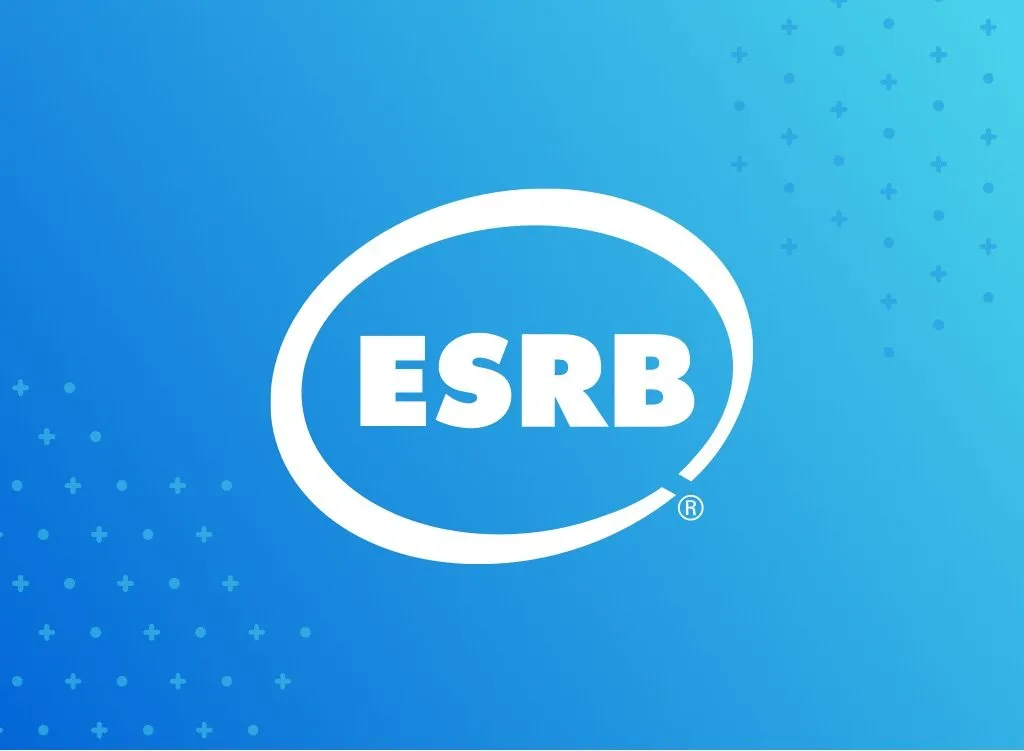
No matter what video game we look at today, we see the ESRB, usually on the lower right-hand corner of the game. The rating system had ensured that kids can’t go into video game retailers and buy a game that isn’t age appropriate. Now, despite growing up playing violent video games, and being a firm believer of parents should know what media their kids are consuming, I think this was overall a good thing.
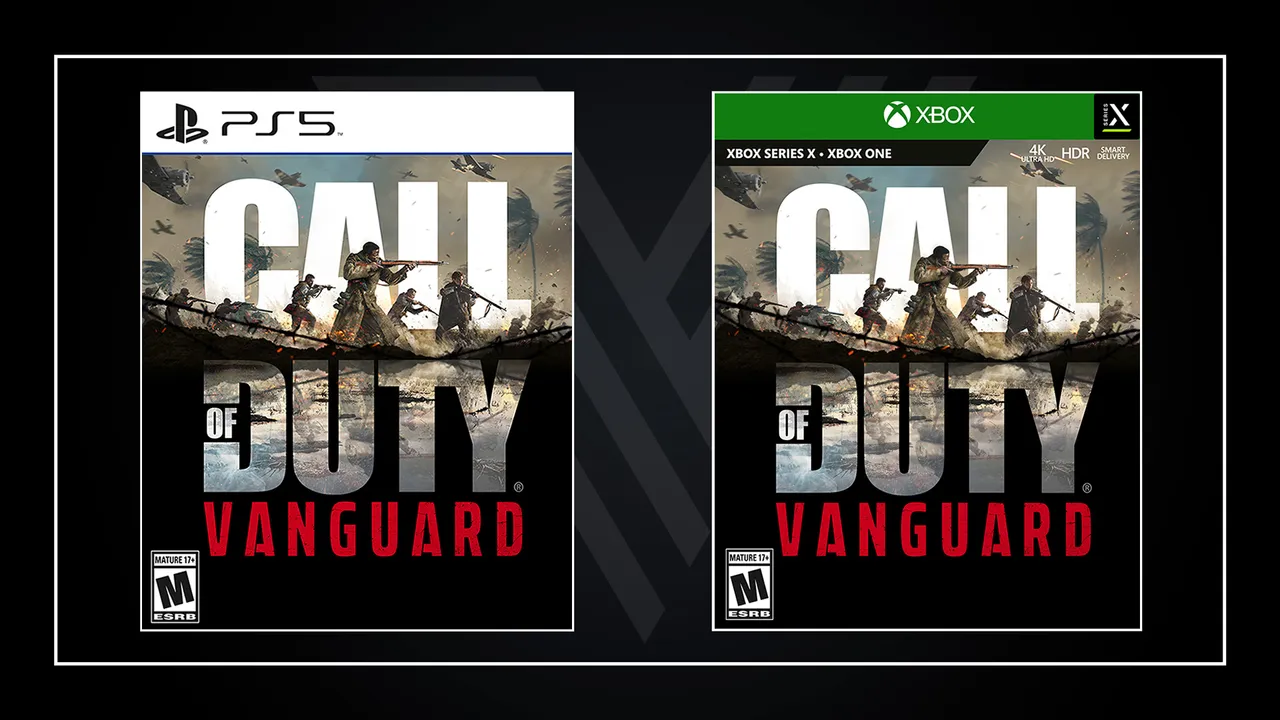
Some parents who may not be up to date with video games can now look at the back of a game to see if it is age appropriate and what material it contains ( a system the ESRB adopted from the Recreational Software Advisory Council). Let’s be honest here, I think all gamers can agree there are just some games that kids shouldn’t play. I cringe when I think of kids playing games like GTA5, mostly because of the use of the N word that is in it. Which you may look at it as ironic considering I played GTA while I was a kid. But I think that’s why I might have a different perspective on it. There are a lot of games I played that I shouldn’t have, so despite the overexaggeration of the first hearing on December 9th, 1993, I think it ultimately had a good outcome!
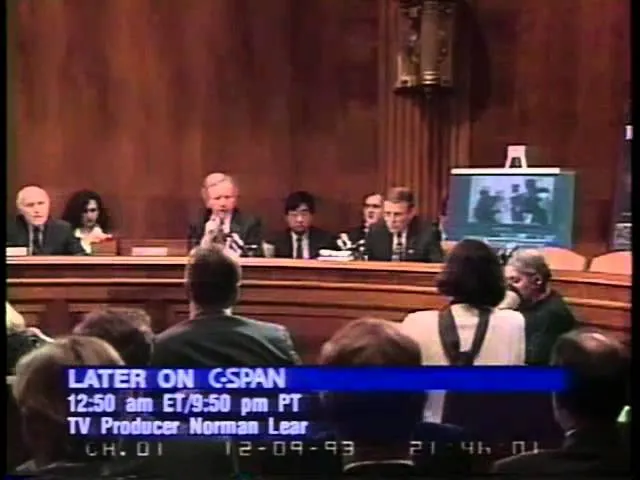
Have any opinions about the ESRB? Or do you just wanna argue, fight and call each other obscene names? Well, if you want to do either of those things, feel free to leave a comment below!
Resources:
https://screenrant.com/night-trap-game-esrb-rating-creation-1990s/
https://en.wikipedia.org/wiki/1993_United_States_Senate_hearings_on_video_games#Hearings
I know wikipedia isn’t looked to kindly on, but a lot of the stuff that happened afterwards, I could only find here. So take it as you will.
Most of my information was taken from the Youtube Video that was posted above!

¡Hola chicos! Así que decidí hacer un artículo de estilo más “investigado”. No he hecho uno de estos por un tiempo y en realidad quería aprender más sobre la ESRB, ¡así que pensé que sería una pieza perfecta para publicar un artículo! Había una razón por la que quería aprender más sobre el sistema de calificación, y bueno, no hay spoilers aquí, pero lo descubrirán el viernes cuando revise un juego MUY, y quiero decir MUY controvertido. Pero mientras tanto, ¡espero que disfrutes este artículo! ¡Mis recursos se publicarán al final de este artículo!
Solo un pequeño aviso, estaré fuera de la ciudad por un par de días, así que no publicaré más Let's Plays hasta el viernes por la noche, pero para compensar los días perdidos, estaré publicando Let's Plays en el ¡fin de semana!
El 29 de julio de 1994 es quizás uno de los momentos más importantes en la historia de los videojuegos “modernos”. Pero antes de que pueda entrar en ese momento, permítanme retroceder hasta diciembre de 1993. Crecía la preocupación de que la industria de los videojuegos comercializaba juegos violentos para niños. Así que se convocó una audiencia en el Congreso sobre el asunto y fue encabezada por Joe Lieberman. Joe Lieberman creía que este tipo de juegos eran los responsables de la violencia en los niños. Quizás recuerdes que publiqué un artículo hace un tiempo desmantelando esta teoría.
Múltiples juegos fueron criticados en la audiencia como SplatterHouse, Lethal Enforcer, así como periféricos como Super Scope y The Justifier. Se señalaron principalmente dos juegos. Uno de los juegos es bastante conocido, mientras que el segundo fue retirado de los estantes después de esta audiencia, pero fue relanzado en 2017.
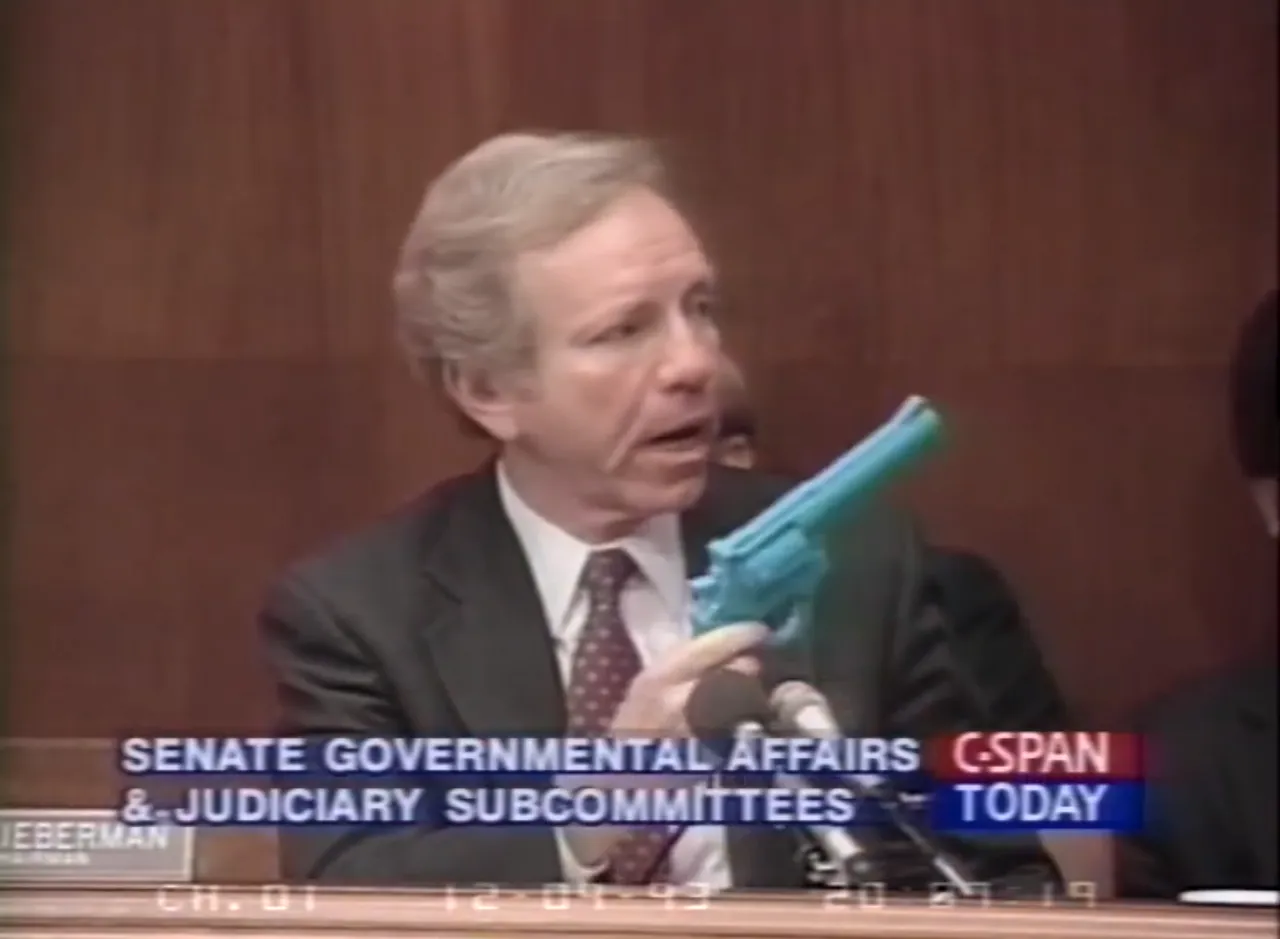
Hay que admitir que Night Trap es un juego al que no he jugado. Sé que la premisa principal del juego es ayudar a las chicas de la casa a escapar de los hombres enmascarados. Durante la primera audiencia, Lieberman mostró un segmento de este juego, afirmando de antemano que el objetivo del juego era evitar que hombres encapuchados colgaran a las jóvenes de un gancho o perforaran sus cuellos con una herramienta diseñada para sacarles la sangre. Night Trap también era un juego FMV, por lo que usaba actores reales. Moral Kombat también usó actores reales, pero se jugó más como un videojuego real que como una película.

¡El próximo juego, y uno que todos los jugadores jóvenes y mayores conocerán, es MORTAL KOMBAT! Mortal Kombat se lanzó tanto en los sistemas Sega como en los de Nintendo. La principal diferencia es que mientras Sega permitía la sangre y el gore de la versión arcade del juego, Nintendo lo censuró. Pero eso no impidió que Leiberman entrara en ambas versiones del juego.
La mayoría de la gente describiría las muertes en Mortal Kombat como la guinda del pastel. Y no escaparon a los sucios dedos de Leiberman. Lieberman describió las muertes como "el jugador que tiene la opción de asesinar al otro personaje" (parafraseando).
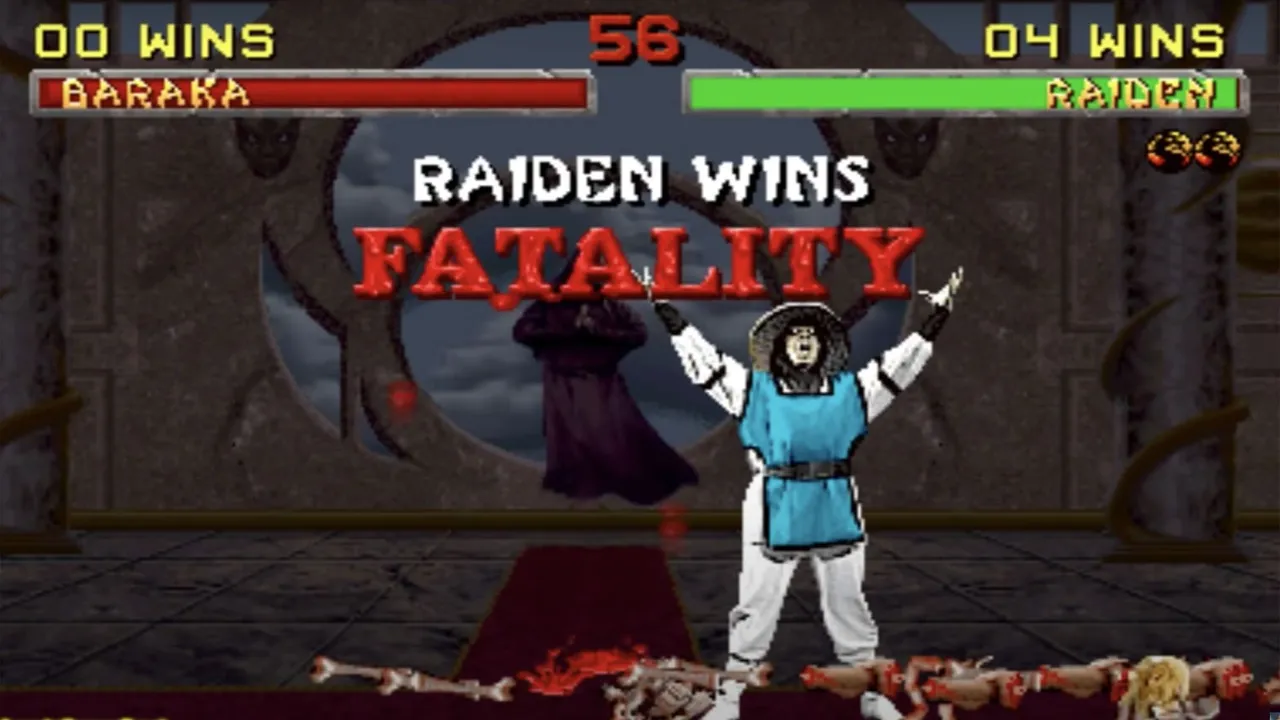
Entonces había una guerra de consolas entre Sega y Nintendo, como la hay hoy entre Xbox y PlayStation (Microsoft y Sony). Y la guerra de las consolas se filtró en esta audiencia. Cuando Bill White, el vicepresidente de Sega of America, fue criticado por el juego Lethal Enforcer, y principalmente por el periférico tipo revólver que venía con él, The Justifier (un arma con aspecto de revólver) Bill White replicó que Sega tenía un sistema de calificación. en su lugar, y ese juego estaba clasificado para adultos, mientras que Nintendo tenía una tecnología similar, luego mostró un Super Scope.

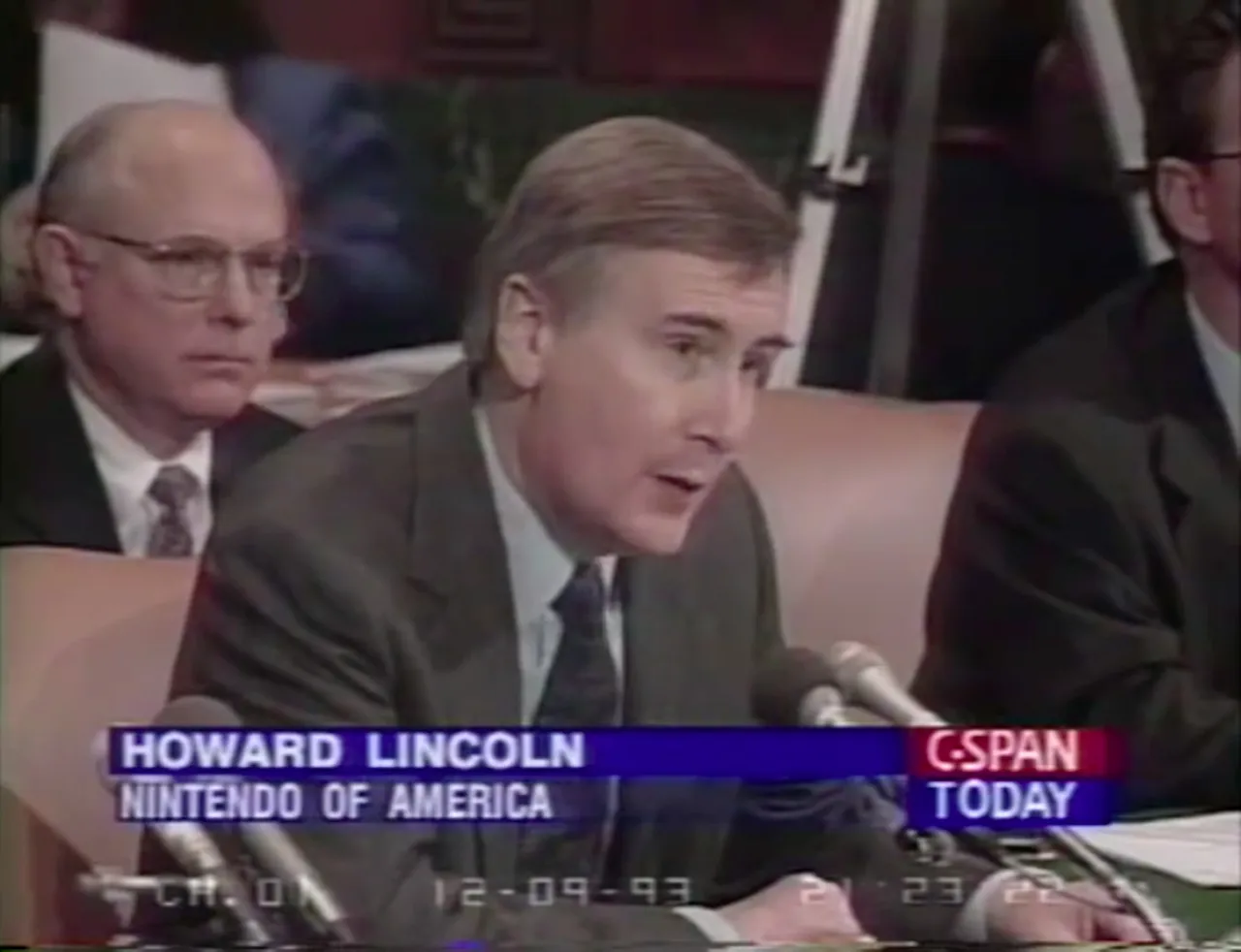
Lieberman luego respondió que esperaba que Nintendo lo reconsiderara y no lanzara el juego en absoluto porque el "Justificador" era una pistola "pura y simple".
Sucedieron muchas más cosas durante esta audiencia, que abarcó desde pornografía con tecnología de CD-ROM hasta cómo los videojuegos son demasiado “sexistas, racistas y violentos”. ¡Dejaré el enlace a continuación para el video de YouTube que usé para mucha de esta información!

Después de la audiencia, se introdujo la Ley de Calificación de Videojuegos de 1994. Esta ley permitiría al presidente elegir una junta de personas cuyo trabajo fuera calificar los videojuegos.
Algo más sucedió después de la audiencia. Sega sacó Night Trap de los estantes de los principales minoristas. Solo después de obtener un gran aumento en las ventas del juego, gracias a la audiencia.
En respuesta a la Ley de Calificación de Videojuegos, los desarrolladores de juegos se unieron y formaron su propio sistema de calificación, llamado Consejo de Calificación de la Industria. Luego volvieron a presentarse ante el Congreso en julio de 1994. Y cumpliendo con los estándares que Lieberman estableció para una junta de calificación, el proyecto de ley que presentó no fue a ninguna parte, y aceptó con gusto esta nueva junta de calificación. Lieberman dijo más tarde que la intención del proyecto de ley era obligar a la industria de los videojuegos a autorregularse y obligarlos a tomar medidas voluntarias.


No importa qué videojuego veamos hoy, vemos la ESRB, generalmente en la esquina inferior derecha del juego. El sistema de clasificación había asegurado que los niños no pudieran ir a las tiendas de videojuegos y comprar un juego que no es apropiado para su edad. Ahora, a pesar de crecer jugando videojuegos violentos y ser un firme creyente de que los padres deben saber qué medios consumen sus hijos, creo que en general fue algo bueno.
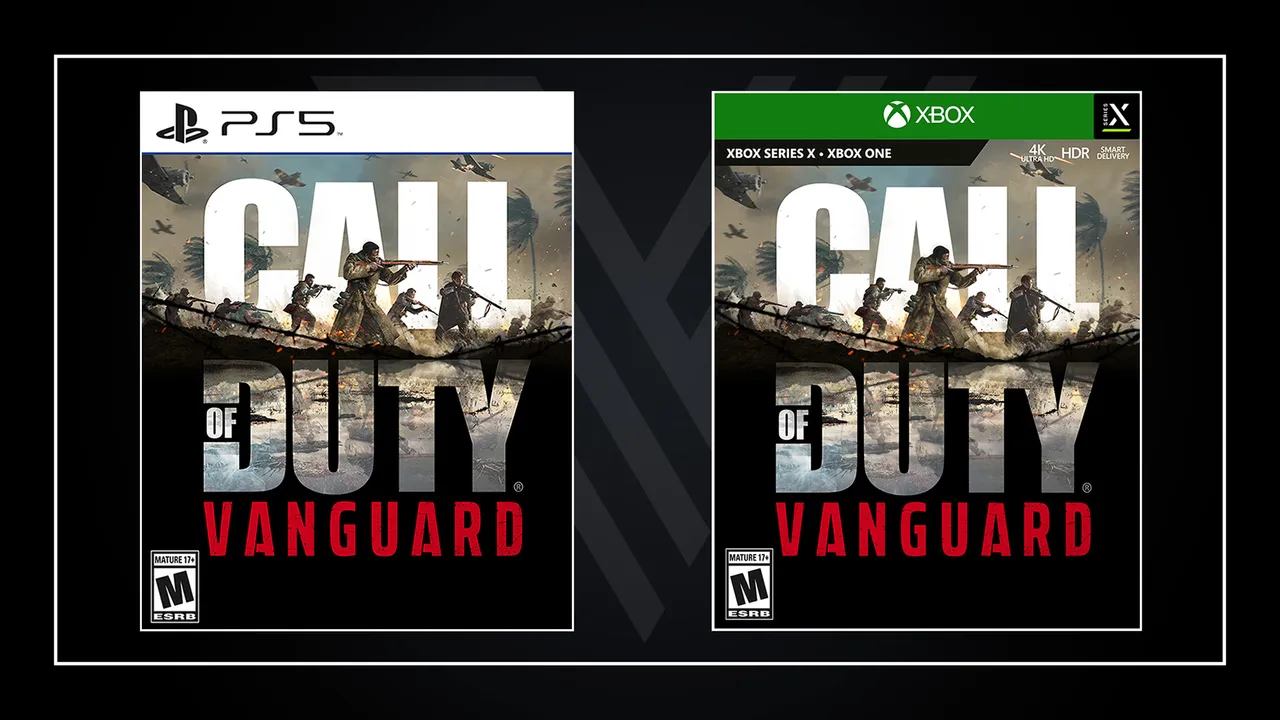
Algunos padres que pueden no estar al día con los videojuegos ahora pueden mirar la parte posterior de un juego para ver si es apropiado para la edad y qué material contiene (un sistema que la ESRB adoptó del Consejo Asesor de Software Recreativo). Seamos honestos aquí, creo que todos los jugadores pueden estar de acuerdo en que hay algunos juegos que los niños no deberían jugar. Me estremezco cuando pienso en niños jugando juegos como GTA5, principalmente por el uso de la palabra N que se encuentra en él. Lo que puede parecer irónico teniendo en cuenta que jugué GTA cuando era niño. Pero creo que es por eso que podría tener una perspectiva diferente al respecto. Hay muchos juegos que jugué que no debería haber jugado, así que a pesar de la exageración de la primera audiencia el 9 de diciembre de 1993, ¡creo que finalmente tuvo un buen resultado!

Recursos:
https://screenrant.com/night-trap-game-esrb-rating-creation-1990s/
https://en.wikipedia.org/wiki/1993_United_States_Senate_hearings_on_video_games#Hearings
Sé que wikipedia no es bien recibida, pero muchas de las cosas que sucedieron después, solo las pude encontrar aquí. Así que tómalo como quieras.
¡La mayor parte de mi información fue tomada del video de Youtube que se publicó arriba!
